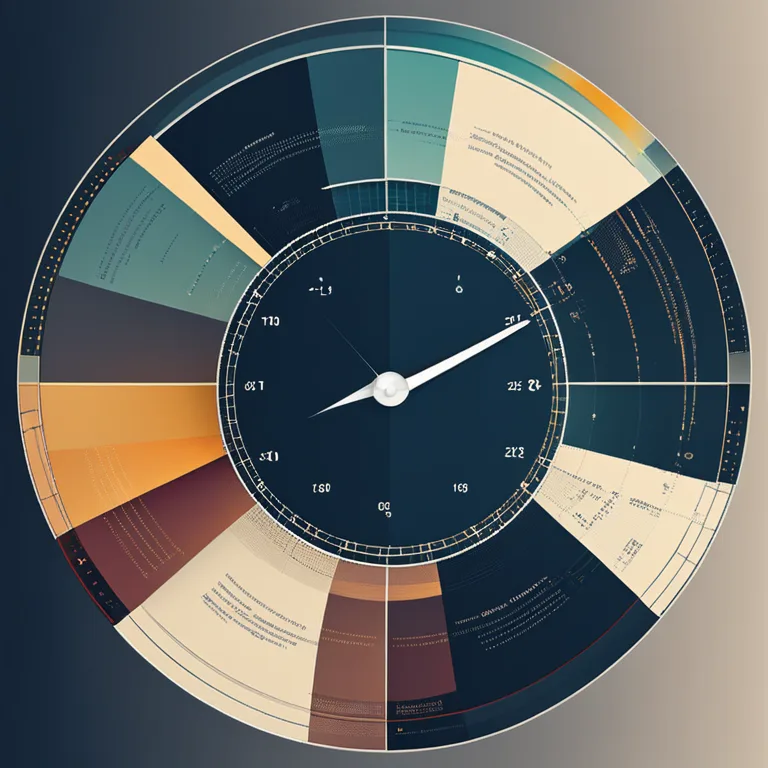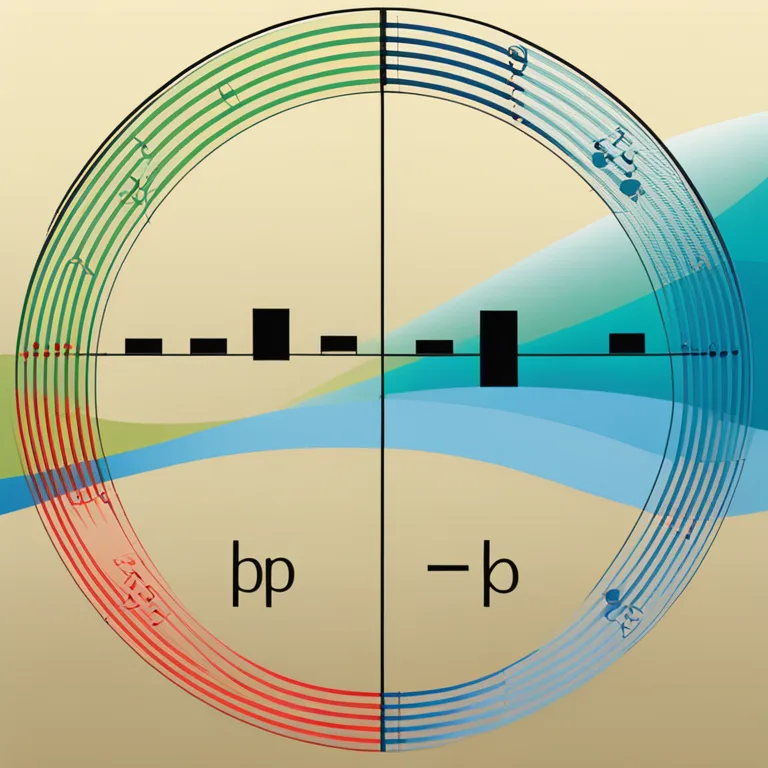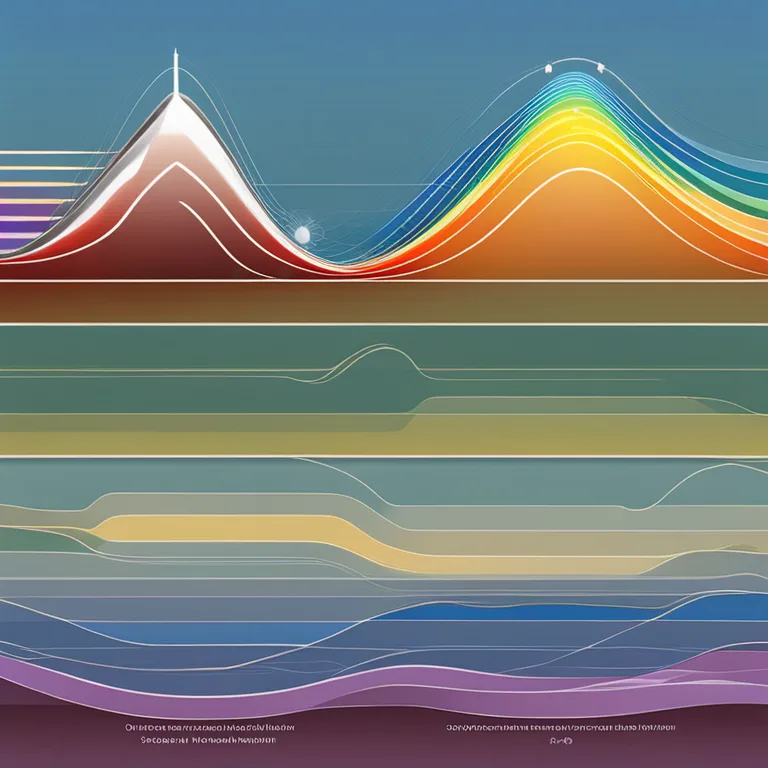
The Essence of Biorhythm Compatibility
Discover how biorhythm compatibility affects relationships and personal interactions, based on the theory of natural physiological cycles.
article by Adrian Wallace
Introduction to Biorhythms
Biorhythms are a concept that suggests human life is influenced by natural physiological cycles. These cycles are believed to affect our physical, emotional, and intellectual states, impacting our daily interactions and overall well-being. With roots in the 19th century, the notion of biorhythms gained popularity in the 1970s, and today, as we seek personalized insights, biorhythm theories continue to intrigue many who explore the deeper aspects of human connections.

The Cycles of Biorhythm
Three primary cycles constitute the biorhythm theory: the physical (23 days), emotional (28 days), and intellectual (33 days) cycles. Each cycle is said to start at a neutral point at birth and oscillates in a sine wave pattern between positive and negative phases. These phases are believed to affect our capabilities, moods, and decision-making processes. Understanding these cycles is the first step towards grasping the concept of biorhythm compatibility.

Unraveling Biorhythm Compatibility
Biorhythm compatibility centers on the idea that individuals' biorhythm cycles can sync harmoniously or clash. It's a concept leveraged in personal relationships and professional environments to facilitate better understanding and harmony. By comparing the biorhythm patterns between two individuals, one could theoretically predict the periods of high compatibility and potential conflict, optimizing interactions or preparing for challenging times.

The Importance of Timing
In relationships, timing can be everything, and biorhythm compatibility offers an intriguing angle on this. Proponents assert that successful partnerships may result from aligning high points in the physical, emotional, and intellectual cycles of both partners. Conversely, awareness of when one's cycles are out of sync can be pivotal in navigating through rough patches by indicating when to exercise patience or provide extra support.

Biorhythm Compatibility in Practice
To assess biorhythm compatibility, individuals typically input their birth dates into specialized calculators, often readily available on websites and apps in 2024. These tools then generate a comparison chart, highlighting the various cycle phases for each person and revealing periods of alignment or discord. While many enthusiasts find these insights valuable, it's essential to remember that biorhythms are just one of many factors that can influence human dynamics.
Scientific Perspective and Skepticism
The scientific community largely views biorhythms with skepticism, often criticizing the theory for its lack of empirical evidence and reproducibility. Critics argue that life's complexity cannot be distilled into simple cycles. Nonetheless, the enduring curiosity in biorhythms reflects a broader human desire to find patterns and frameworks that might help decipher the ebb and flow of interpersonal relationships.
Conclusion: Toward a Holistic View
Whether you approach biorhythm compatibility with a firm belief or a grain of salt, it's clear that the concept invites us to reflect on the natural rhythms that govern our lives. As we continue to navigate an era where personalized insight is highly sought after, biorhythm compatibility may serve as a piece of the relational puzzle, adding another dimension to our understanding of connection and compatibility.
Published: 12/28/2023
Modified: 12/28/2023
More predictions
Come back here soon to learn more about yourself and your future


Biorhythm Compatibility & Birthdays
Discover the intriguing connection between your birthday biorhythms and relationship harmony in our insightful article.


Navigating Biorhythm Cycles
Explore the concept of biorhythms, their cycles, and examples of how they influence our daily lives.


The Reality Of Biorhythm Compatibility
Unravel the truth behind biorhythm compatibility and its role in personal relationships and daily life.